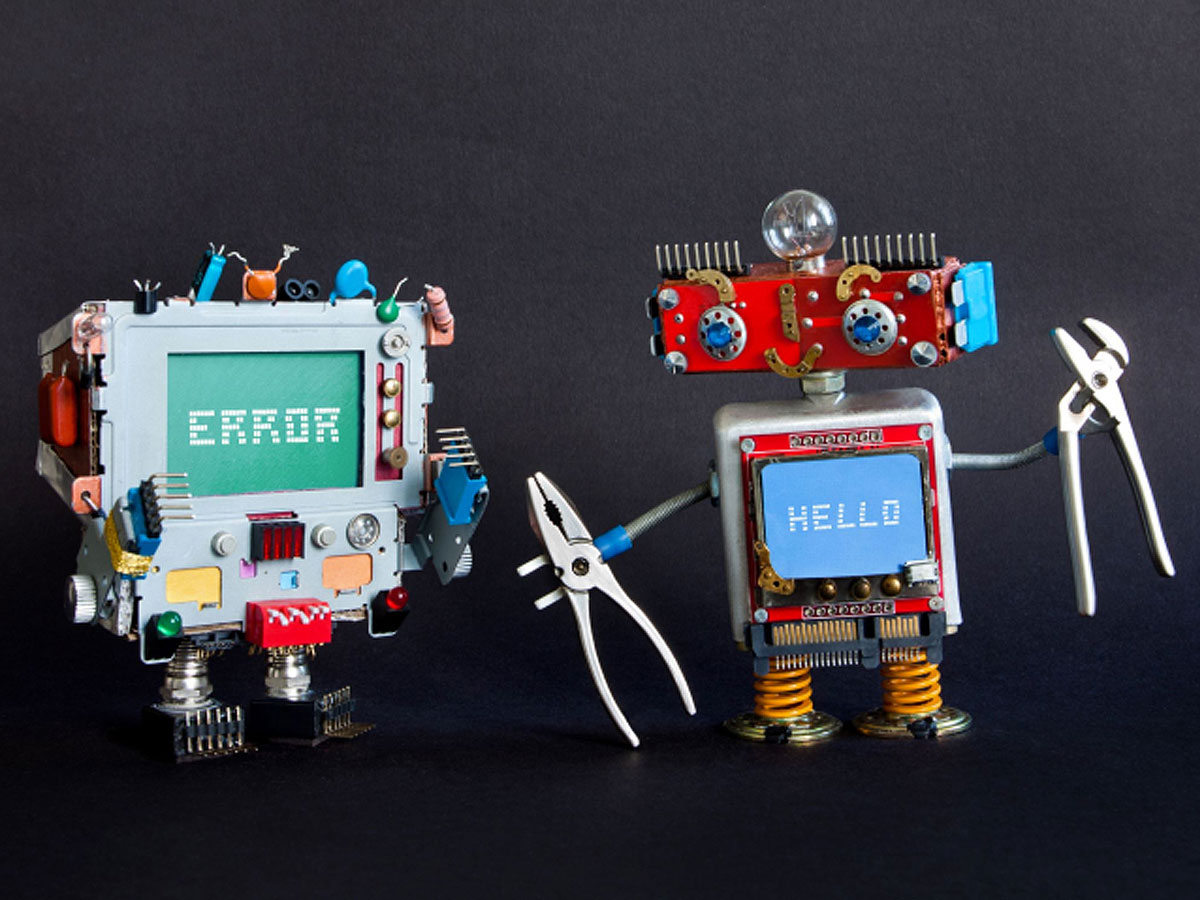An overview of essential discourse patterns, part 1
Here at Nu Echo, we’ve been involved in the conversational space for quite some time now. One of the things we learned is that while creating a simple chatbot may take a few days (or even just a few minutes), creating one that istruly conversational requires a lot more time and expertise.
The purpose of this article is to present a list of the most important discourse patterns required to build what we consider a good conversational chatbot. This list is not exhaustive, but even then, it was quite long, so we decided to split it in multiple parts. This one will focus primarily on error handling and error messages.
Please note that we will only talk about task-oriented chatbots (also called transactional chatbots), i.e. bots that are designed to accomplish a task or a set of tasks, as typically opposed to chit-chat bots, whose primary objective is to maintain an organic conversation as long as possible. That second type of chatbot presents its own set of very interesting challenges, but it will not be the subject of this series of articles. We also won’t talk about implementation, as it can greatly differ depending on the technology that is used for development.
Contextual and progressive error handling
Have you ever tried to interact with a bot, only to hit a conversational wall?


